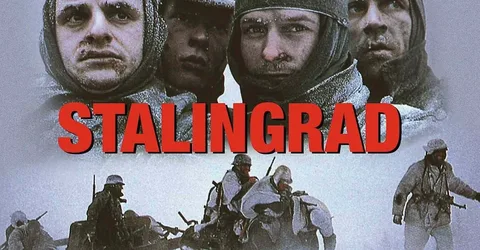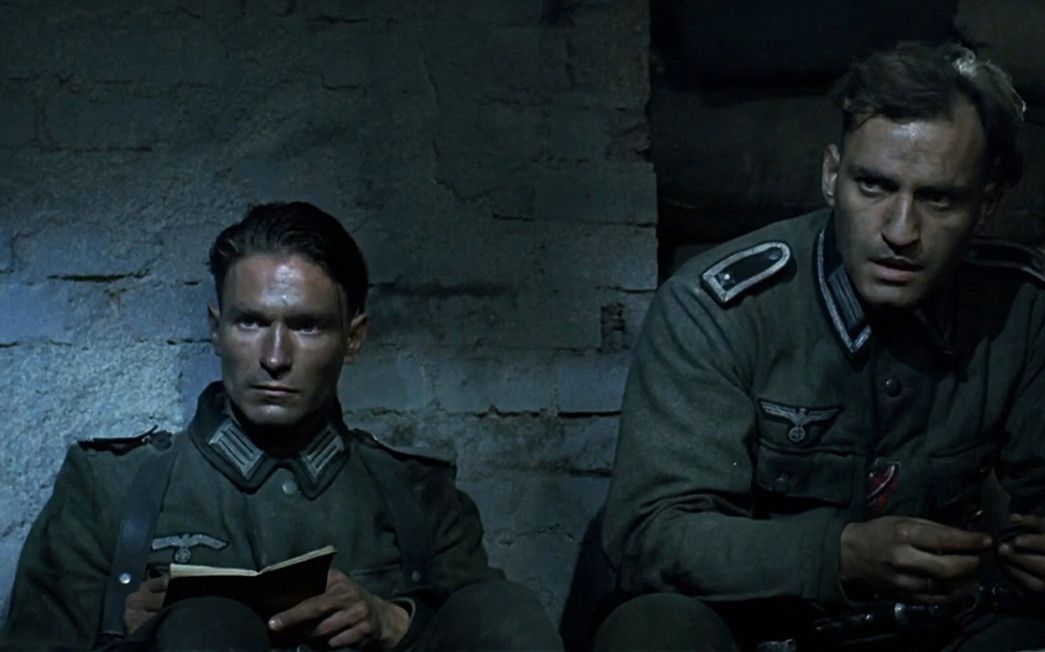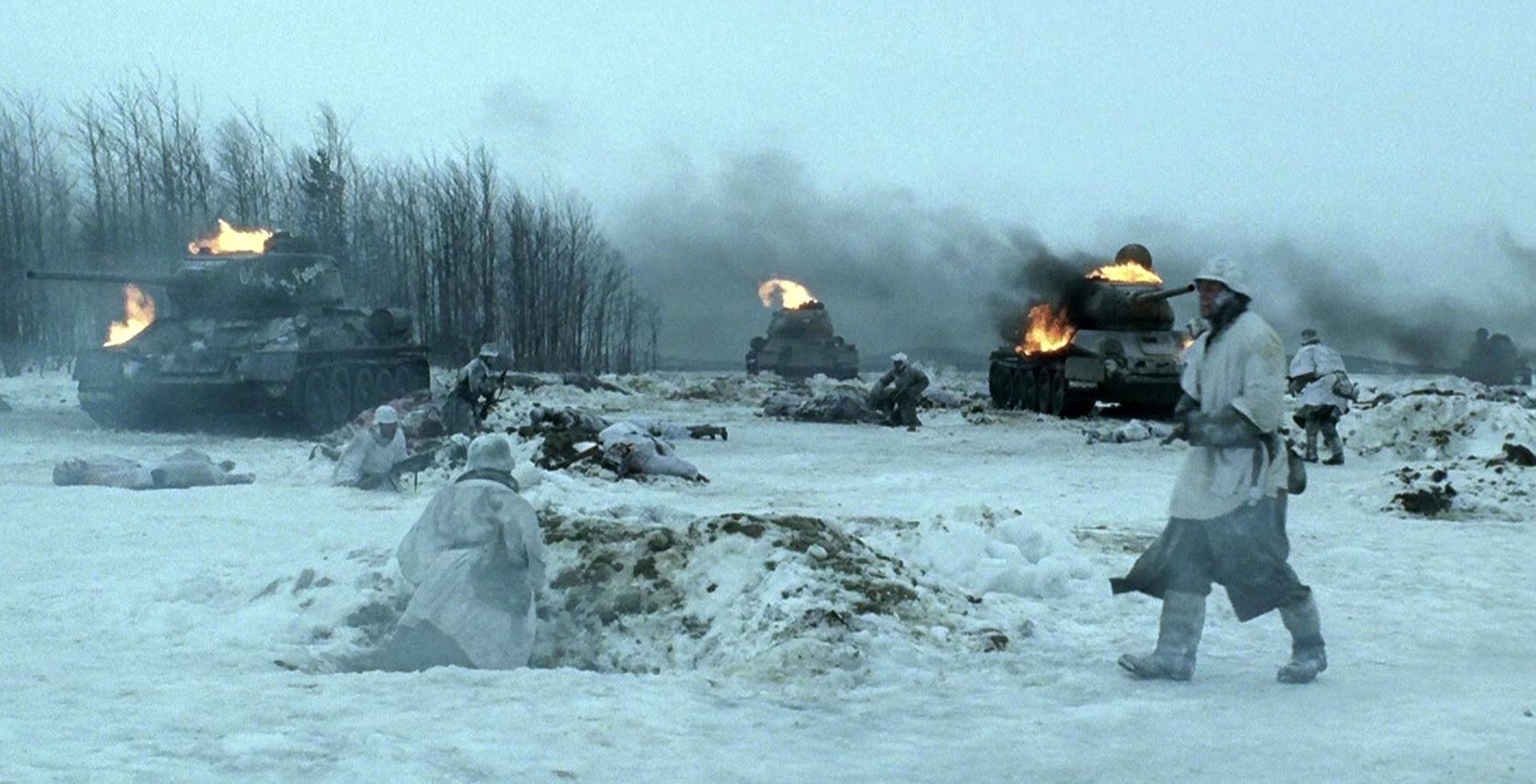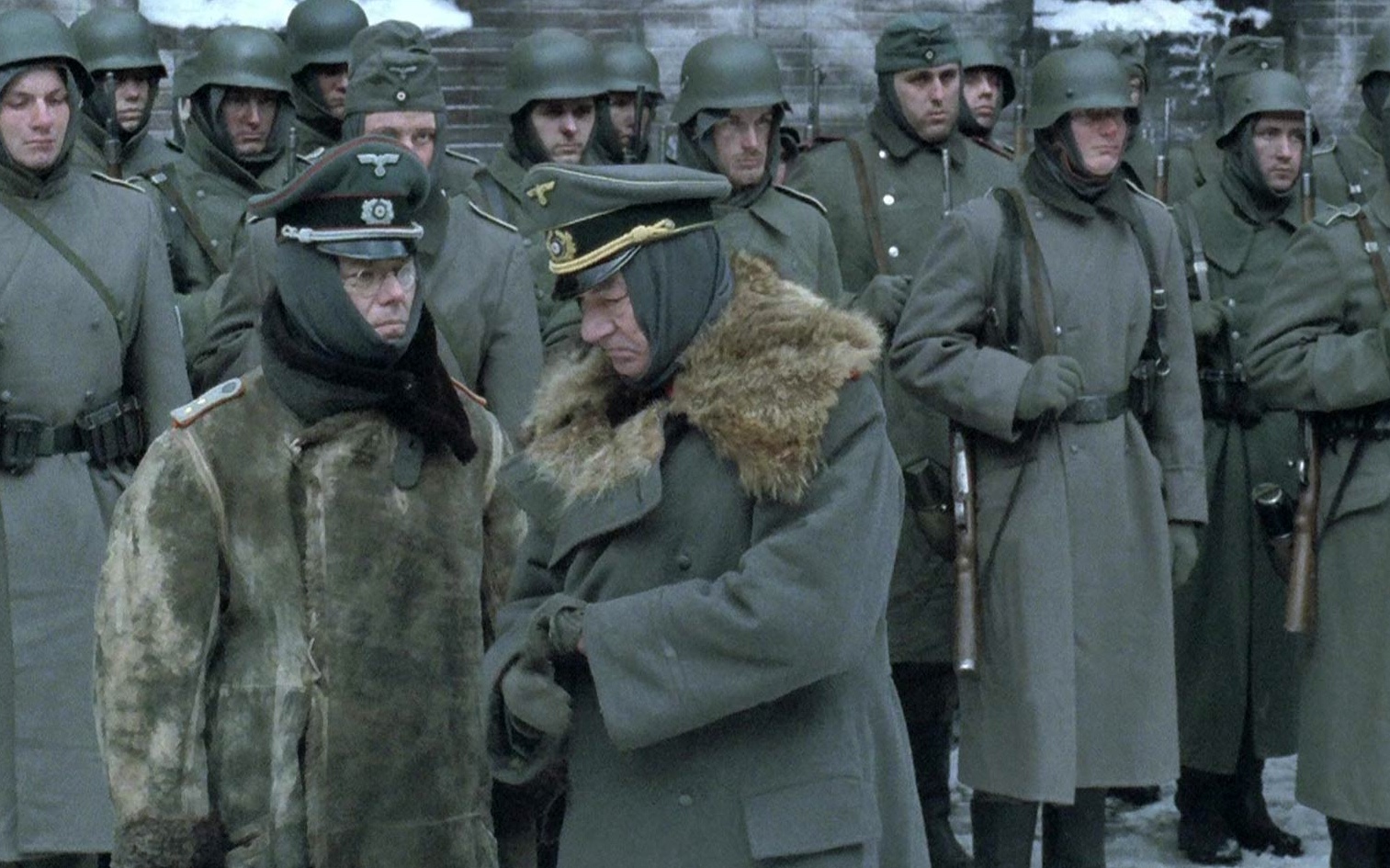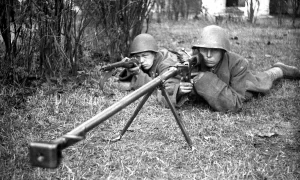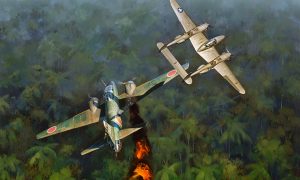Introduction: Unveiling the German WWII Epic ‘Stalingrad’
“Stalingrad,” directed by the acclaimed Joseph Vilsmaier, stands as a monumental film in the genre of World War II cinema. This exhaustive review aims to explore every nuance of the movie, from its meticulous historical accuracy to the intricate portrayal of tank battles, and its profound impact on the portrayal of the German perspective of the war.|
Historical Accuracy and Setting: The Realism of ‘Stalingrad’
The film’s setting during the harrowing winter of 1942-1943 in the besieged city of Stalingrad is a testament to its commitment to historical authenticity. “Stalingrad” excels in its detailed portrayal of the German Wehrmacht and the Soviet Red Army, capturing the essence of their strategies, military equipment, and uniforms. The filmmakers’ dedication to authenticity offers viewers an accurate and engaging depiction of this critical WWII battle.
The Tank Battle: A Pivotal Element in ‘Stalingrad’
One of the film’s most striking features is its depiction of the tank battles, a crucial element of the Battle of Stalingrad. The movie presents these battles with incredible attention to detail, showcasing the strategy, firepower, and intense combat that characterized tank warfare on the Eastern Front. The scenes are both technically accurate and emotionally charged, highlighting the tanks’ role in the larger conflict and the human experiences inside these metal beasts.
Characterization: Human Faces of War
“Stalingrad” goes beyond the battles to explore the human stories within the war. The film’s characters, representing various facets of the German soldier’s experience, bring a personal dimension to the historical events. Their journey from initial confidence to eventual despair mirrors the tragic trajectory of the battle itself. This focus on individual stories adds emotional depth to the film, making it a poignant exploration of humanity amidst chaos.
Cinematography and Direction: Crafting a Visual Masterpiece
Joseph Vilsmaier’s directorial genius lies in his ability to blend the grim realities of war with artistic expression. The cinematography captures the stark contrast between the desolate, snow-covered landscapes and the devastated city, providing a visual metaphor for the war’s brutality. The realistic portrayal of the tank battles and infantry combat is executed with a careful balance of intensity and sensitivity.
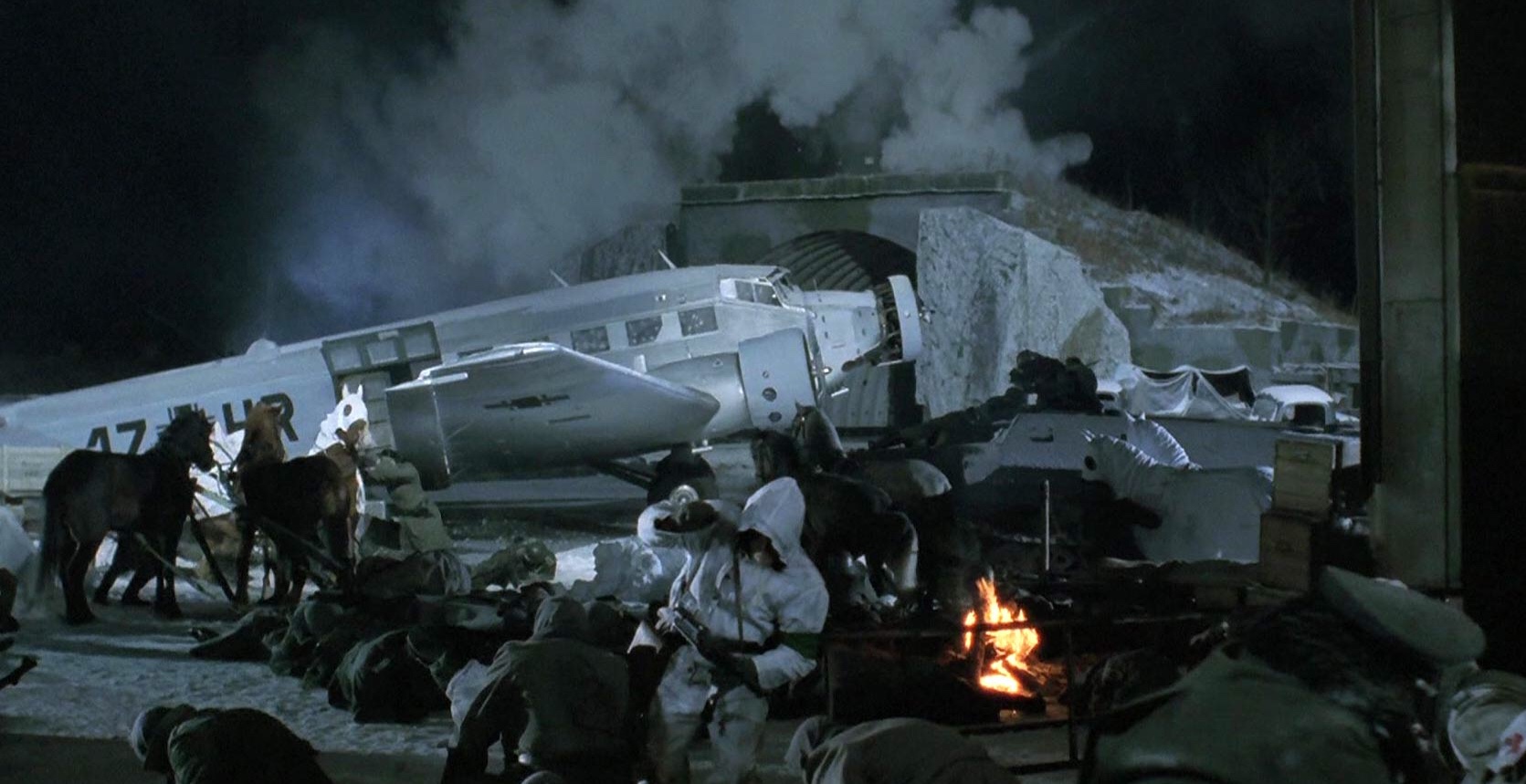
The Film’s Impact and Educational Value
“Stalingrad” has left an indelible mark on the genre of war films. It is lauded for its balanced portrayal of the conflict, avoiding glorification of war while depicting the common soldier’s plight. The film serves as an important educational tool, providing insight into a key battle of World War II and the tactics and technologies used, particularly in armored warfare.
Conclusion: ‘Stalingrad’ – A Must-Watch for WWII Cinema Aficionados
Stalingrad” is more than just a film; it is a comprehensive portrayal of one of the most significant battles of World War II. Its combination of historical accuracy, in-depth character exploration, and cinematic brilliance positions it as a seminal work in German war cinema. For enthusiasts of military history and cinema, “Stalingrad” offers an unparalleled glimpse into the realities of the Battle of Stalingrad and the broader context of the war on the Eastern Front.
Meta Description: Explore our detailed and comprehensive review of ‘Stalingrad,’ a masterpiece in WWII German cinema. Discover the film’s profound portrayal of the Battle of Stalingrad, with an emphasis on its historically accurate depiction of tank warfare and the human experiences of German soldiers on the Eastern Front.


